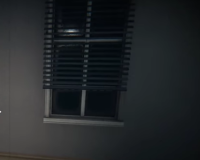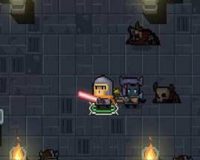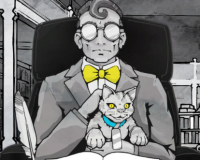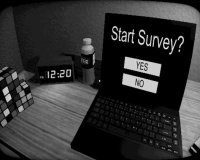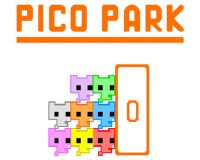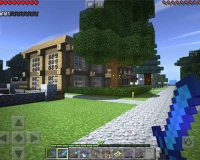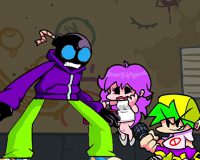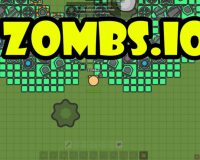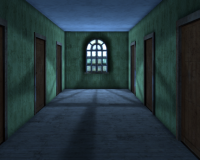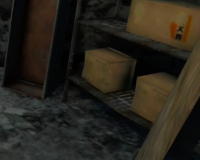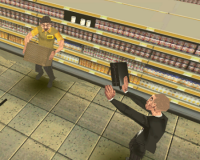
Advertisement
School 666
School 666 is a multiplayer horror game where players explore a looping school building filled with hidden threats. Each session begins with players placed at the school entrance, faced with a series of doors and hallways. The environment appears normal but can shift as anomalies appear. Players must decide whether to move forward or turn back, based on small visual or sound cues that hint at danger. If they choose incorrectly, they are either sent back or separated from the group.
Room Sequences And Threat Design
The school layout is procedurally generated, making each session different. Players encounter classrooms, locker-lined corridors, storage rooms, and staircases. Every few rooms, the system randomly introduces anomalies—objects that look out of place, altered sounds, or distorted lighting. If players fail to recognize these signs, they may trigger a reset or an encounter with a more dangerous event. After progressing through several safe rooms, the group enters an anomaly zone where the rules change temporarily.
Main Gameplay Actions
Players typically perform the following tasks:
- Choose between two or more doors to move to the next area
- Observe rooms carefully to detect signs of anomalies
- Communicate with teammates to coordinate movement
- Use voice or visual cues to decide when to turn back
- Survive encounters during anomaly phases or boss events
These tasks are repeated throughout the session, increasing in complexity as players go deeper.
The game does not feature combat or inventory management. Instead, it focuses on movement, observation, and group decisions. If even one player recognizes a threat and turns back in time, the team can avoid a penalty. But if the group pushes forward without caution, they risk being split apart or losing progress. Boss anomalies appear at intervals, creating high-risk zones that change how players interact with the space—sometimes removing communication or forcing silent decisions.
Format, Progress, And Structure
School 666 can be played alone or with up to three other players online. Each session is self-contained, with randomized layouts and no long-term progression. The game ends when all players fail to escape or reach the final area of the loop. There is no central story, but players unlock more anomaly types and dimensions over time. The experience is built around trial, error, and pattern recognition, encouraging players to rely on logic and teamwork. Replay value comes from variation between sessions and the unpredictable nature of anomaly triggers.





